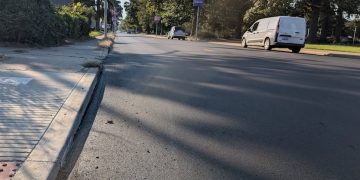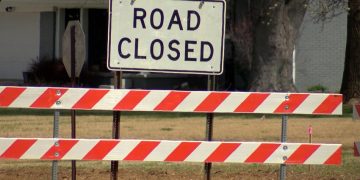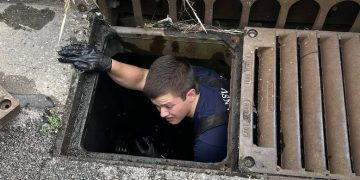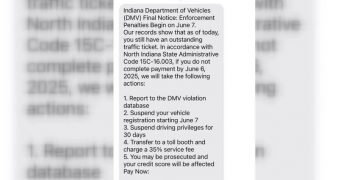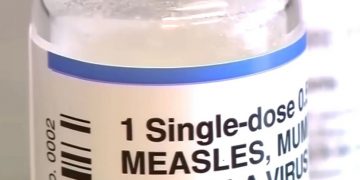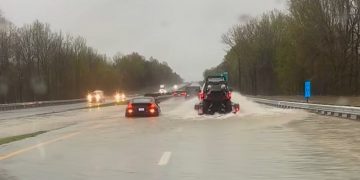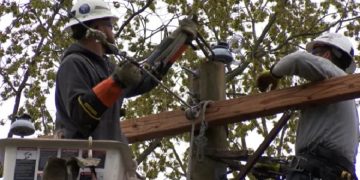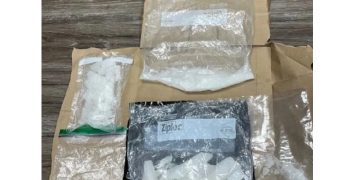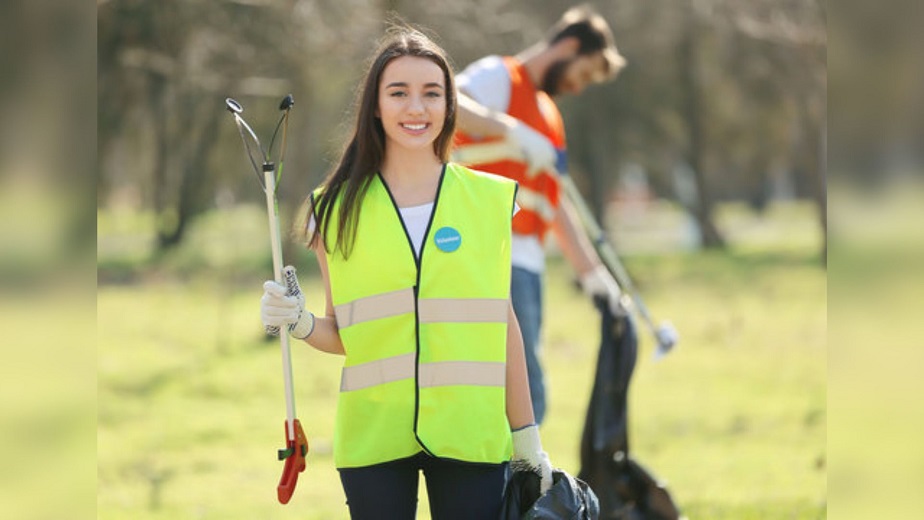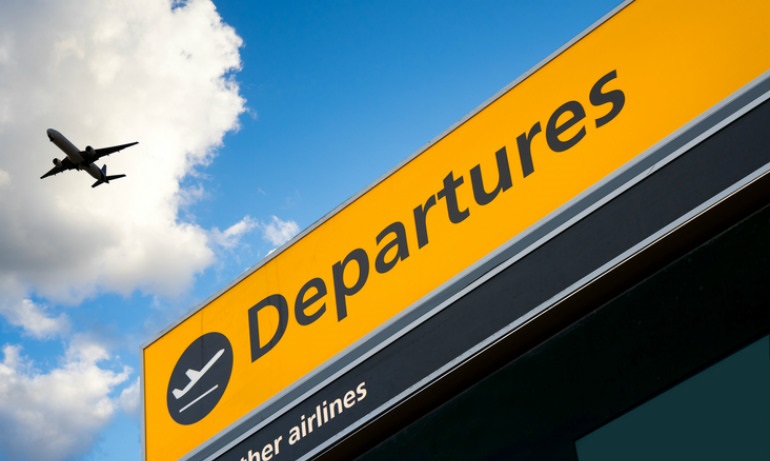Indianapolis, Indiana – Before temperatures across the Midwest drop to pipe-threatening lows, Indianapolis utility companies asked residents to “winterize” their pipes.
According to national insurance data, burst pipes are one of the leading causes of property damage during the winter and frequently result in water damage that costs more than $5,000.
According to experts, water expands when it freezes, adding to the pressure inside the pipework.
Regardless of how durable the material is, pipes made of plastic or metal can fracture or break in extremely cold temperatures.
A checklist of actions was published by Citizens Energy Group, an Indianapolis-based public utility serving nearly 800,000 people, to prepare pipelines for bitterly cold weather.
Prep your pipes:
• Leave a thin stream of water running when the temperature is below freezing.
• Insulate pipes that may be exposed to cold air.
• Open cabinet doors below sinks to keep warm air circulating around pipes.
• Make sure the lid on your water meter pit is tightly secured.
• If your water meter is in the basement, ensure the area is heated and check for broken windows.
• If you have piping in the garage, ensure the garage doors stay closed.
• Locate your water shut-off valve so you know how to turn the water off quickly in case a pipe bursts.
• Shut-off valves can be located in various places in your home, including the garage, basement, utility closet, or main entry for the water line into the house.
Even for homes that take the necessary preventative precautions, frozen pipes are a regular winter problem, according to plumbers.
A checklist of procedures for defrosting frozen pipes at home was released by Citizens Energy in order to reduce the possibility of future damage.
Thaw your pipes:
• Turn off the water at the shut-off valve.
• Open the faucet attached to the frozen pipe to allow water to flow through and relieve pressure buildup.
• Run water through the pipe to help melt any remaining ice.
• Apply gradual heat to the section of the frozen pipe. This can be done by wrapping the pipes in towels or using a space heater to warm the area where the pipes are located.
• Apply indirect heat until the water pressure is restored and the water flows through freely. Never apply direct heat to the affected section of the pipe.
• If a pipe is bulging or you can’t pinpoint the affected area, call a licensed plumber.















